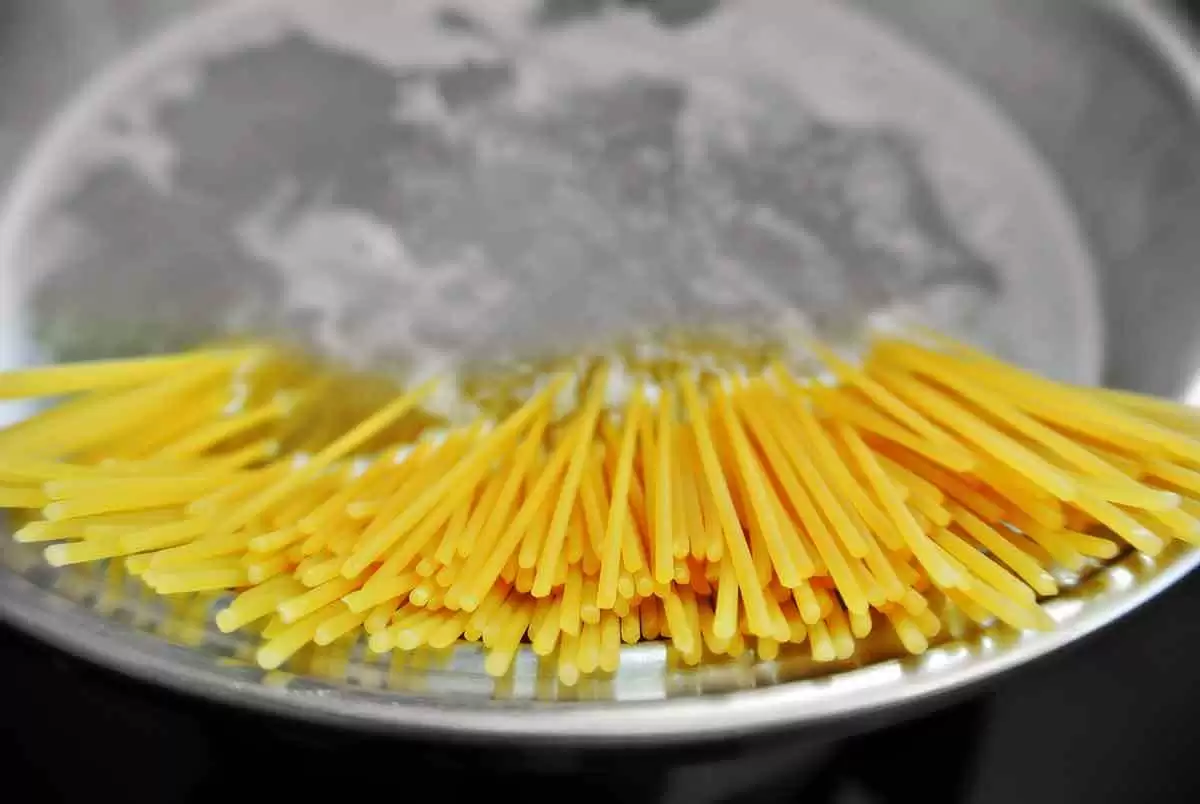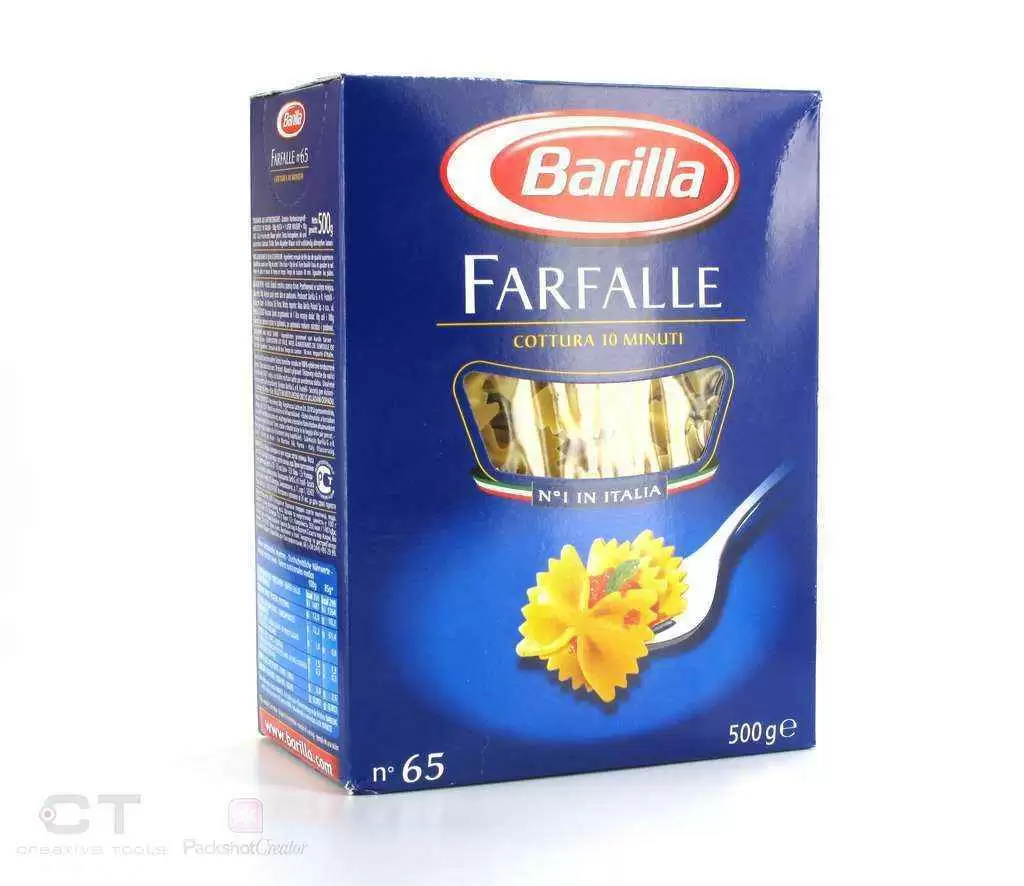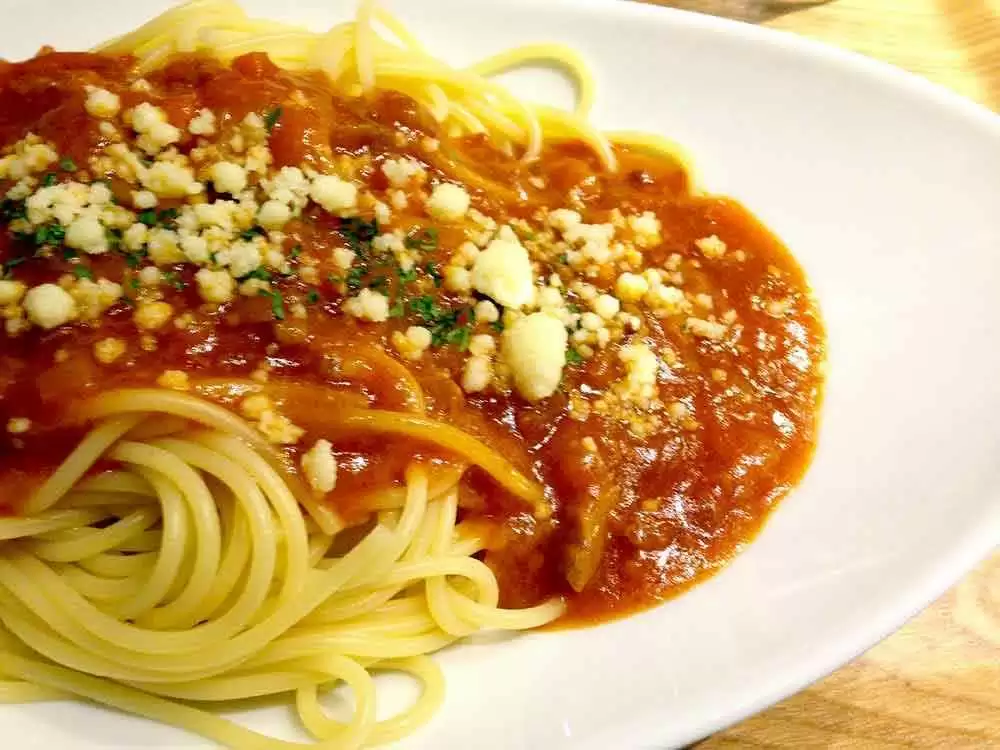
Celiac.com 09/21/2021 - Restaurants are one of the biggest challenges for people who need to eat gluten-free due to celiac disease or non-celiac gluten sensitivity. Pasta is one of the most commonly ordered restaurant dishes, and if gluten-free pasta is on the menu, it will definitely be popular for those with celiac disease.
But what if the gluten-free pasta you order is boiled in the same water as they cook their traditional wheat pasta in? Did you ever wonder how much cross contamination there might be if this should happen?
Celiac.com Sponsor (A12):
This scenario, unfortunately, happens more often than you might think. For example if the cook is new, or not properly trained, they might put your gluten-free linguini in the same pot of water that they just cooked regular wheat pasta in. This would obviously be a big problem for you, but just how big? Restaurants are still the biggest challenge for people who need to eat gluten-free due to celiac disease or gluten sensitivity, and many celiacs won't eat out because of such problems.
A number of researchers have attempted to quantify cross-contamination risks for various food preparation activities, like a shared toaster that is used to prepare gluten-free toast. In a perfect world such things would never happen, but in reality it happens more often than most people realize. So how much cross contamination is there when this happens? Believe it or not, a team of researchers at the University of Nebraska ran some experiments to figure this out. The research team included Melanie Downs, Jennifer Clarke, Steve Taylor and then-UCARE (now doctoral) student Nate Korth.
Interestingly, and perhaps counterintuitively, it turns out that shared water isn't as bad as you might expect. The team found that, even though gluten levels in the gluten-free penne rose slowly when boiling 52-gram servings over the course of five batches, those levels never exceeded 20 ppm. When boiling restaurant-sized servings, though, the gluten-free penne registered nearly 40 ppm after the fifth batch.
So, for the first four batches, the pasta water remained below 20ppm gluten, then quickly rose to 40ppm after the fifth batch, perhaps due to gluten build-up in the water. Remember, the researchers are not trying to see how far restaurants can take it, but to attempt to quantify the risk levels for people with celiac disease, and no restaurant should ever do this.
It's important to note that we're not recommending that anyone with celiac disease ever do this, or that any restaurant should ever do this, but it is important to quantify such risks for those with celiac disease. Regardless of what the researchers found, our recommendation is to always cook gluten-free pasta in dedicated, clean water that is kept totally separate from where traditional pasta is prepared, and to train all restaurant staff accordingly.










Recommended Comments
Create an account or sign in to comment
You need to be a member in order to leave a comment
Create an account
Sign up for a new account in our community. It's easy!
Register a new accountSign in
Already have an account? Sign in here.
Sign In Now